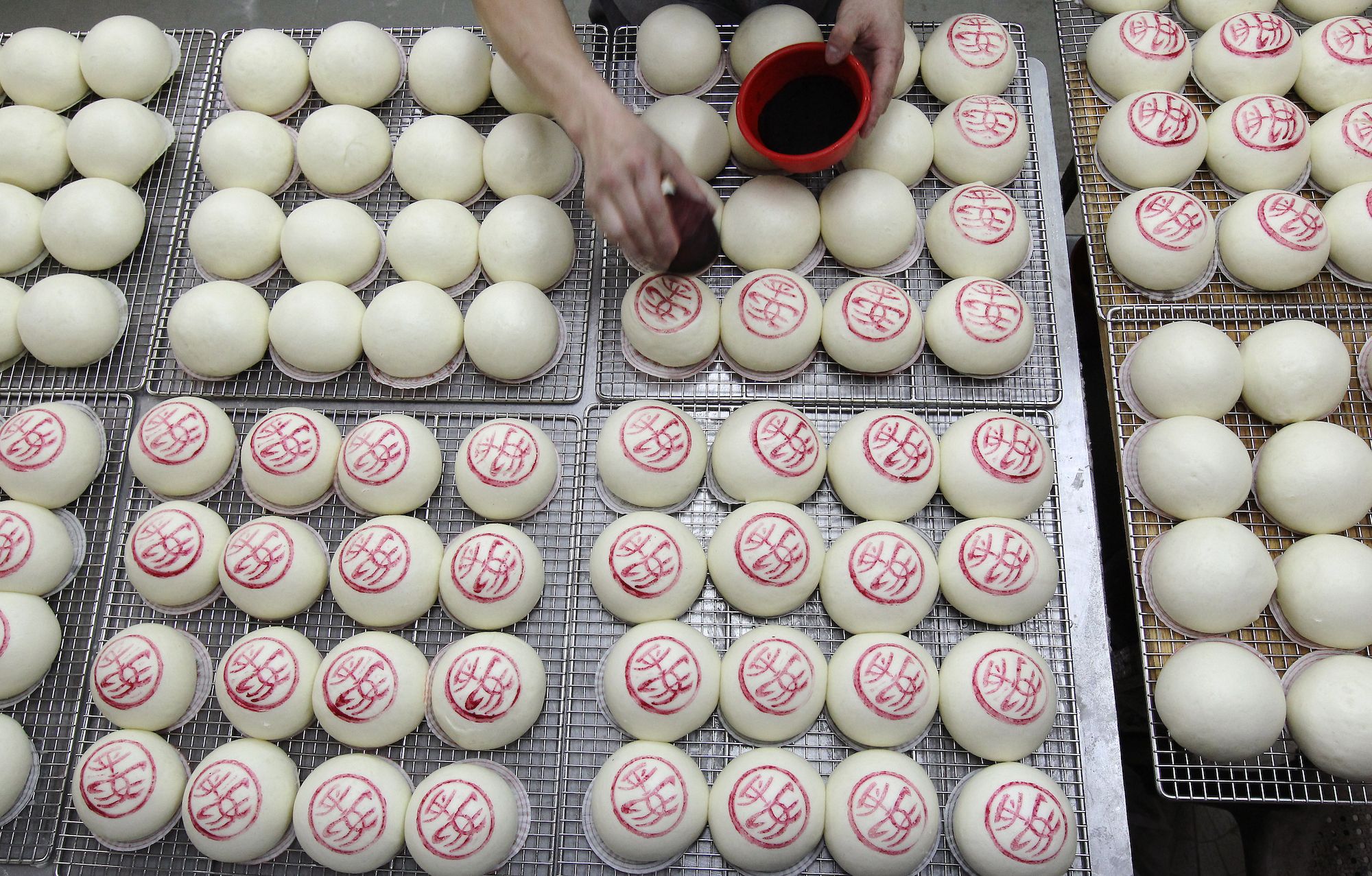From fluffy peace buns to dazzling floats and lion dances, we’re here to make sure you know all about the historic Cheung Chau Bun Festival.
Before we dive into the Cheung Chau Bun Festival of today, did you know that the now joyful occasion comes with a somewhat grim history? The lesser known full name of the festival is Heavenly Emperor of Xuan Tian Tai Ping Ching Chiu. Popular in the Guangdong region, “ching chiu” is a Taoist ritual of praying for peace (“tai ping”) from deities. Xuan Tian is more commonly known as Pak Tai, who is the most important deity in Cheung Chau. Originally a prince and a learned Taoist of Shang Dynasty (1600-1046BC), he was invited by the Taoist Primeval Deity to join the company of immortals. Portrayed as the conqueror of the underlings of the Demon King, including a tortoise and giant serpent, Pak Tai had been worshipped for his courage and power.
In the 42nd year of Qianlong (1777), Cheung Chau suffered from a serious plague. The island villagers prayed to Pak Tai to assuage the wandering sea and land spirits by setting an altar for them. These spirits were believed to be victims of the plague or pirates. Since then, this occasion of praying for peace takes place every year from the fifth to eighth day of the fourth month on the lunar calendar, as approved by divinity. Today, the festival is listed as an intangible part of Hong Kong’s cultural heritage, and has even been voted as one of the world’s “Top 10 Quirky Local Festivals” by Time.com.
See also: Island Guide: What To Eat, Drink And Do In Cheung Chau
When is the festival?
The 2020 festival takes place from April 27 to May 1.
Where is the festival held?



